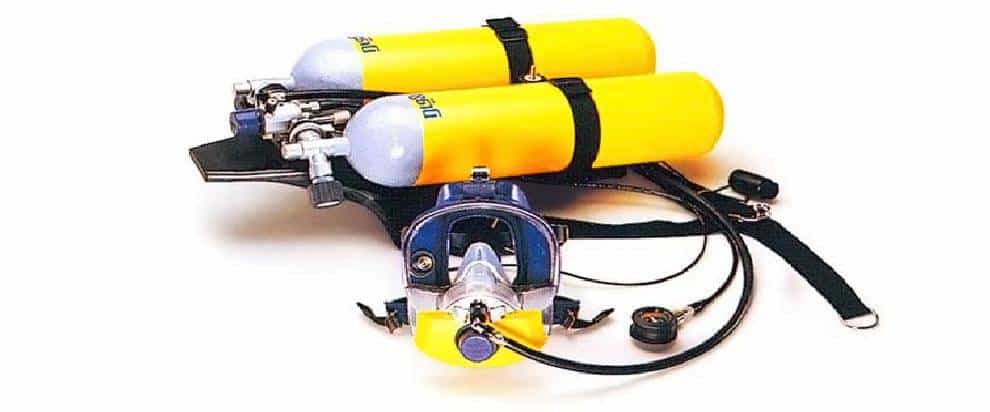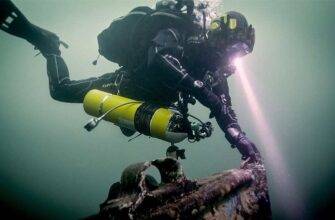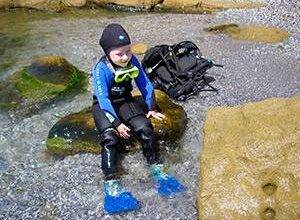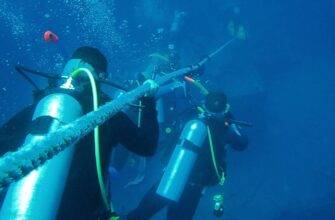
A scuba tank – an indispensable device for lovers of the underwater world, for those whose work or hobbies are related to the underwater depth. Their life would not be so bright and even possible, if not for the unique system allowing to breathe, work and enjoy underwater, even at the record-breaking, unbelievable for people depths.
There are several types of scuba tanks (literally translated as “water lungs”):
According to the breathing scheme, there are the following types of scuba tanks:
With an open circuit – the operation of the scuba is based on the principle of pulsating air supply for the diver’s breathing (exclusively for inhalation) and with exhalation into the water. At this time, the exhaled air is not mixed with the inhaled air and reuse of this air is eliminated. The compressed air enters the diver’s lungs through the mouthpiece directly from the breathing apparatus, and exhales directly into the water, as mentioned above. The regulator serves as a conductor for the air supply. It is connected to the outlet of the cylinder unit. The air flows alternately from each cylinders through the stopcocks. The diver can read the remaining air level on the pressure gauge, which is connected to the regulator. This can be done by turning the stopcocks. The pressure gauge can also be used to check that the cylinder is filled with air that corresponds to the working pressure.
With a semi-closed circuit, part of the exhaled air goes to regeneration and part to the water.
Closed circuit – Carbon dioxide is removed from the exhaled air and oxygen is added as needed oxygen. In this type of scuba, the same air in the cylinder is used several times for the diver’s breathing. In this way the exhaled air in the form of bubbles is eliminated and the diver’s view becomes more attractive to the surrounding marine life. For divers who do not need excessive scaring of fish while exploring them – this type of scuba is preferable to its other models.
In terms of their device:
Single-stage;
Two-stage (may be two-stage with separated air reduction stages)
Without separation of air reduction stages;
With separation of air reduction stages.
According to the number of cylinders:
Single-cylinder;
Two-ballon;
Three-cylinder.
According to the type of automatic breathing apparatus:
With a flow valve mechanism (most modern scuba tanks work with this breathing machine mechanism);
With counter-current valve mechanism.





